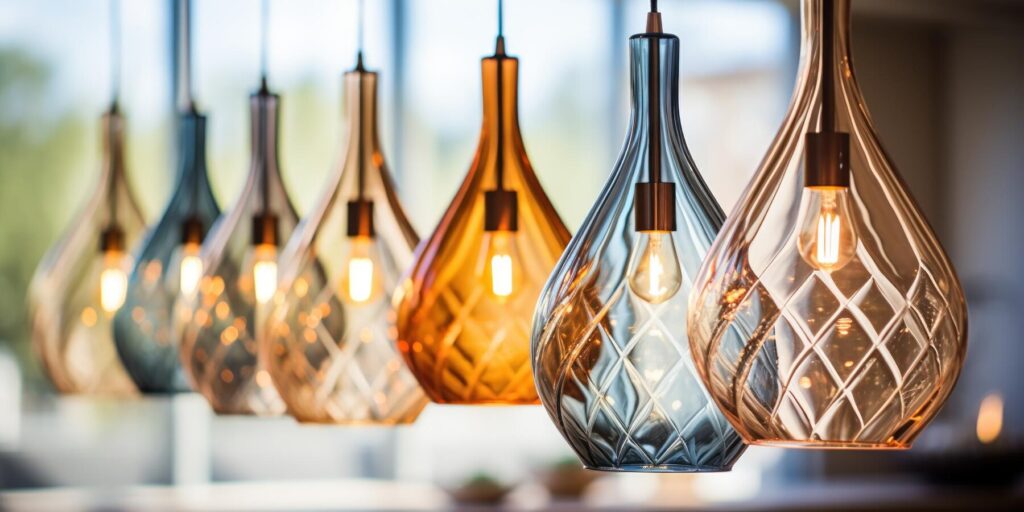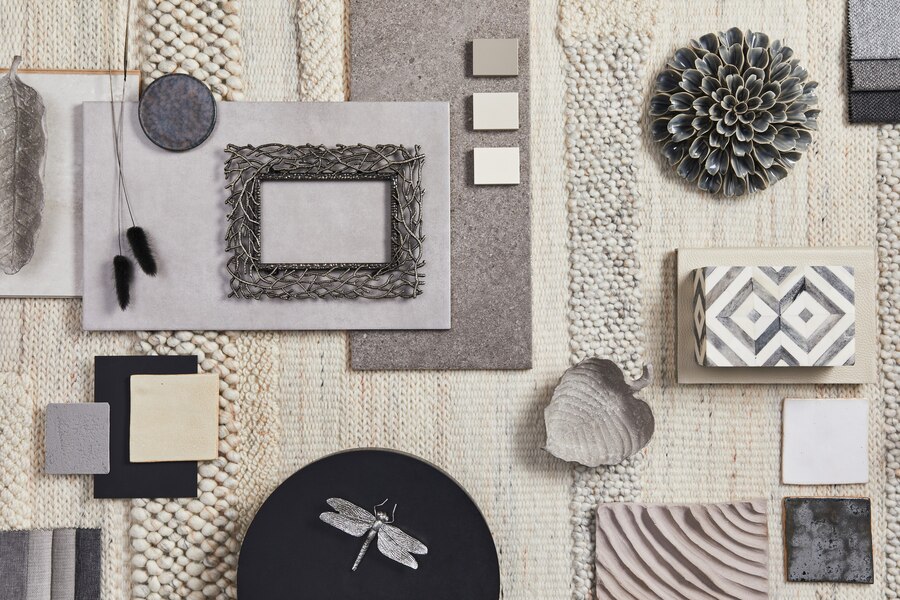Ambient Light Ideas: 5 Brilliant Ways to Illuminate Your Home with Style
Explore ambient light ideas to elevate your home’s atmosphere. Discover creative techniques like layered lighting, LED strips, and dimmable fixtures to add warmth and sophistication. Transform any space with stylish, versatile lighting solutions for a perfect ambience. Lighting is the unsung hero of interior design, quietly shaping the atmosphere of a room and setting the stage for everything that follows. If you’ve ever walked into a space and immediately felt a sense of calm or energy, you’ve experienced the power of lighting. Today, I’m excited to dive into five creative and stylish methods to use ambient lighting to enhance your home’s atmosphere, adding both warmth and sophistication. Let’s explore how you can transform your living space with the magic of light! Layered Lighting: The Symphony of Illumination Have you ever noticed how a beautifully lit room has layers of light that work together to create a harmonious ambience? That’s the essence of layered lighting. Imagine a symphony where every instrument plays a role, from the soft strings to the powerful brass. Layered lighting is much the same. It combines different types of light—ambient, task, and accent—to achieve a balanced and dynamic effect. Why Layered Lighting Works: Layered lighting offers versatility and depth. By combining ambient light with task and accent lighting, you can tailor the illumination to suit various activities and moods. Ambient lighting provides the overall illumination, task lighting focuses on specific areas where you need more light, and accent lighting adds drama and highlights features. How to Achieve It: Ambient Light: This is your room’s primary source of light, such as ceiling fixtures or recessed lighting. Task Light: Think of under-cabinet lights in the kitchen or a reading lamp by your favourite chair. Accent Light: Use this to spotlight artwork, architectural details, or plant life. Picture a stylish floor lamp highlighting a cosy reading nook or a track light showcasing a stunning piece of artwork. Example in Action: In my own living room, I’ve used a central chandelier for ambient light, combined with a floor lamp for task lighting by the reading chair, and accent lighting to spotlight a beautiful plant in the corner. The result is a room that feels warm and inviting, with layers of light creating depth and interest. LED Strip Lights: The Flexible Magic LED strip lights are like the Swiss Army knife of ambient lighting. They’re incredibly flexible and can be used in countless ways to enhance your space. Think of them as the versatile sidekick that adapts to any situation. Why LED Strip Lights Shine: LED strips offer a sleek, modern look and are incredibly versatile. They can be installed almost anywhere—under cabinets, along ceilings, or even behind furniture. They’re also energy-efficient and come in various colors, which means you can customise the mood of any room. How to Use Them: Under-Cabinet Lighting: Place LED strips under kitchen cabinets to provide both functional task lighting and an ambient glow. Backlighting: Add LED strips behind your TV or along the edge of a ceiling to create a soft, ambient light that enhances the viewing experience. Accentuate Features: Use them to highlight architectural features, such as crown moulding or built-in shelves. Example in Action: I’ve installed LED strips under my kitchen cabinets, creating a warm, welcoming glow that’s perfect for both cooking and entertaining. The flexibility of the strips allows me to adjust the lighting as needed, from a soft evening light to a bright, task-oriented light during meal prep. Dimmable Fixtures: The Art of Mood Lighting Imagine walking into a room and instantly being able to adjust the lighting to match your mood—whether you’re hosting a lively dinner party or winding down after a long day. That’s the beauty of dimmable fixtures. They give you control over the intensity of light, allowing you to set the perfect ambience for any occasion. Why Dimmable Fixtures Are Essential: Dimmable lights provide flexibility and control. They allow you to change the mood of a room without needing to add or remove light sources. With a simple adjustment, you can go from a bright, energetic atmosphere to a soft, relaxing environment. How to Choose and Install: Select Dimmable Bulbs: Ensure your bulbs are compatible with dimmers. LED and CFL options are available. Install Dimmer Switches: Replace standard switches with dimmer switches to control the light intensity. Use Adjustable Fixtures: Consider fixtures that come with built-in dimming capabilities. Example in Action: In my dining room, I’ve installed a dimmable chandelier. This allows me to create a bright, cheerful atmosphere during meals and a soft, intimate setting for evenings with friends. The ability to adjust the light level makes the space versatile and welcoming. Ambient Lighting Through Colour: Setting the Mood Lighting isn’t just about brightness; it’s also about colour. Different colours can evoke different emotions and set the mood for your space. Whether you want a calming blue or an energising yellow, coloured ambient lighting can transform the feel of any room. Why Colour Matters: Colour temperature affects mood and perception. Warm colours (like yellows and oranges) create a cosy, inviting atmosphere, while cool colours (like blues and greens) offer a calm, refreshing vibe. How to Incorporate Colour: Use Coloured Bulbs: Install bulbs with different colour temperatures to change the ambience. RGB LED Lights: Invest in RGB LED strips or smart bulbs that allow you to adjust colours via a remote or app. Colour Filters: Apply colour filters to existing light fixtures for a quick change. Example in Action: I’ve used RGB LED lights in my home office. During the day, I set the lights to a bright white for productivity. In the evening, I switch to a soft blue for relaxation. The ability to customise the colour temperature makes my space feel tailored to my needs. Statement Light Fixtures: Making a Bold Impact Sometimes, all it takes to transform a room is a stunning statement light fixture. These are










